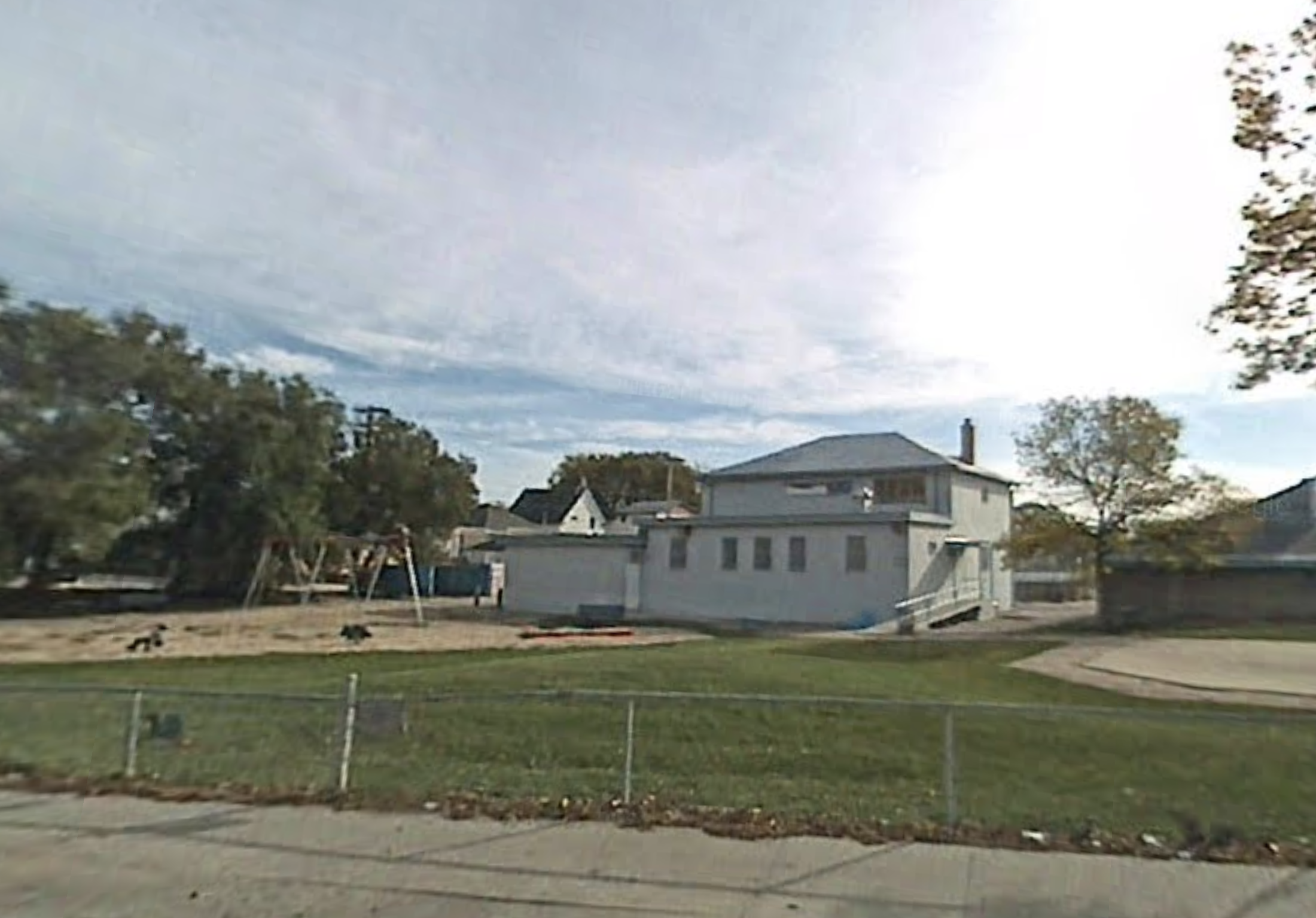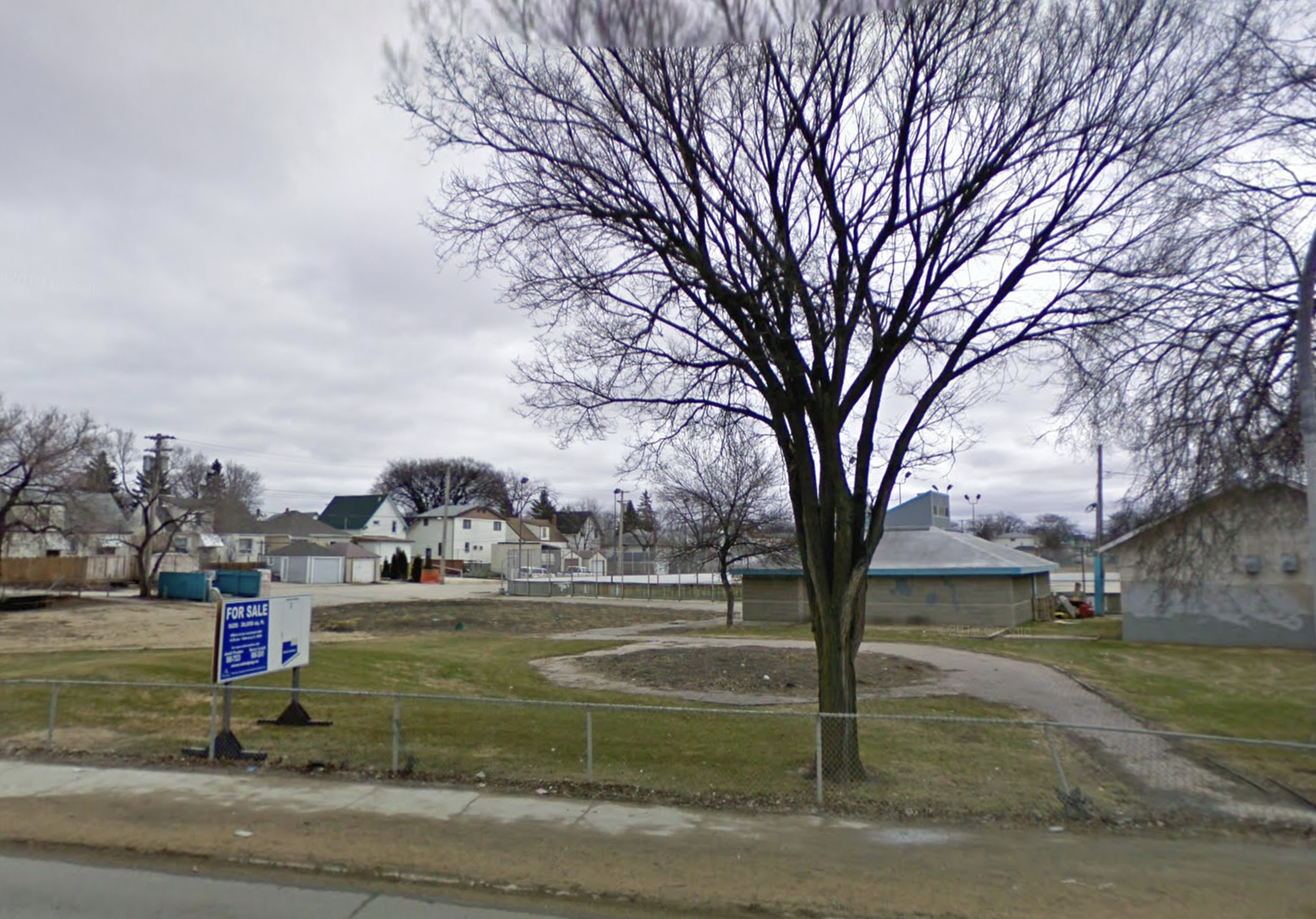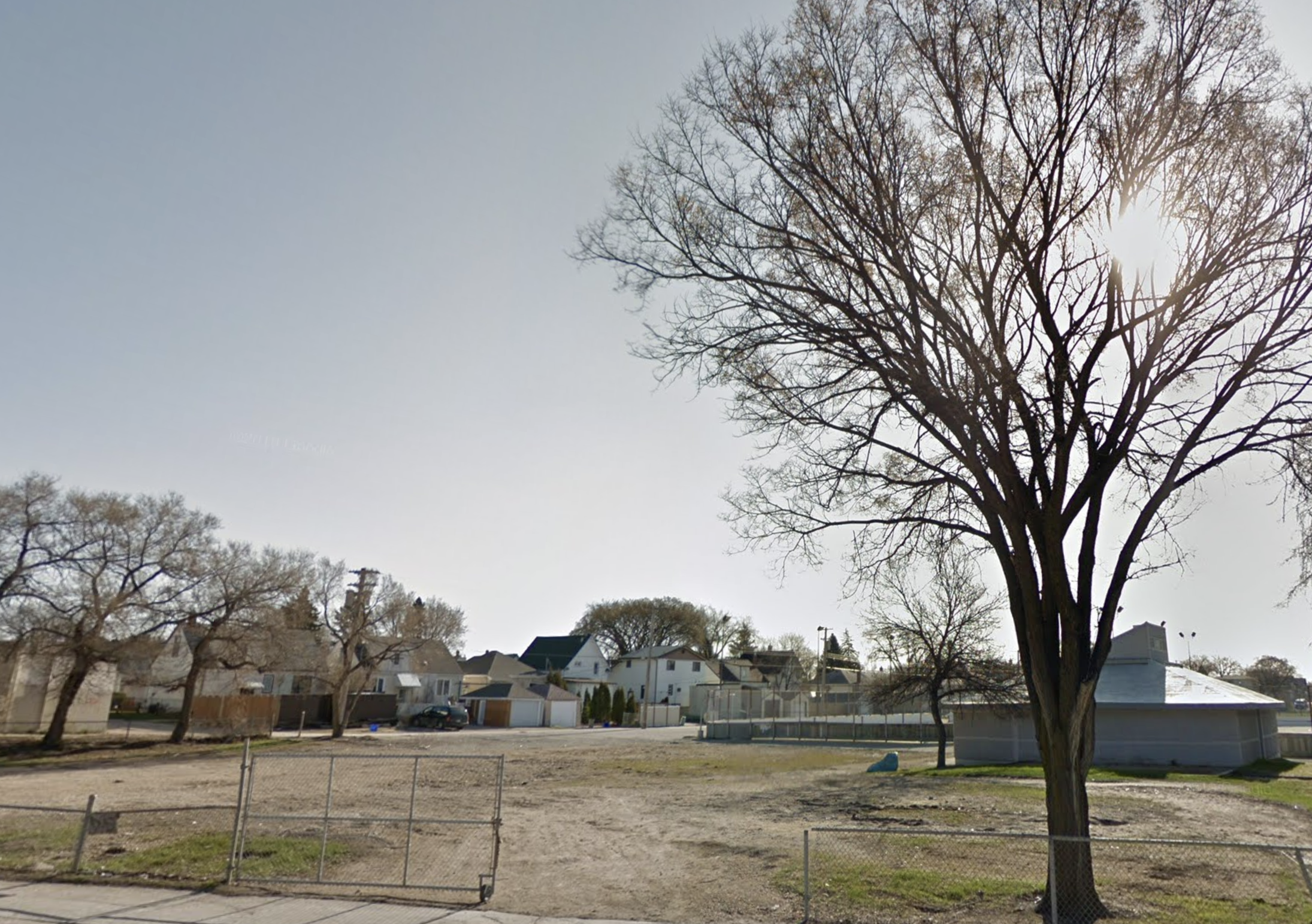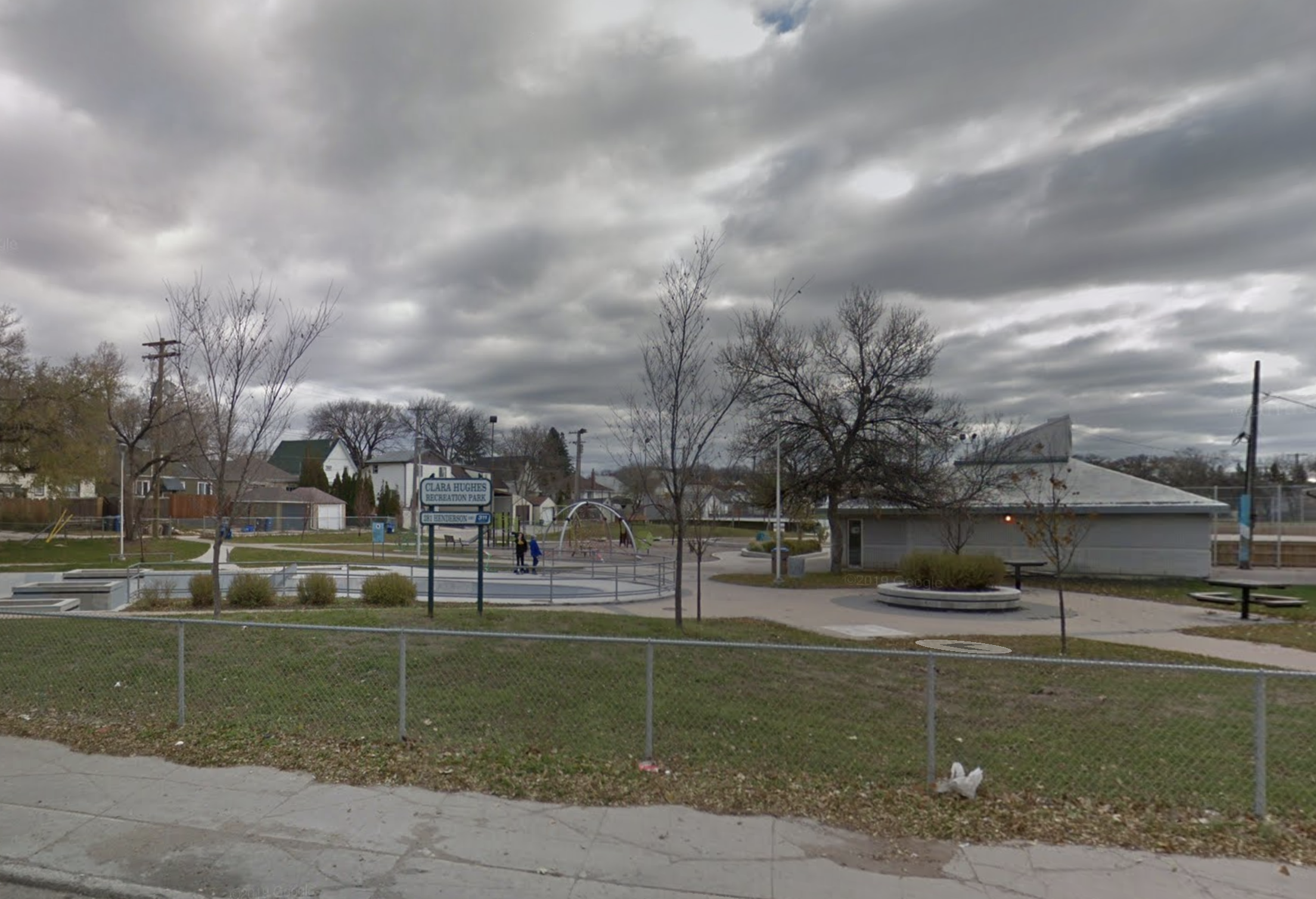How I Became a Strong Townie
Editor’s Note: Though I imagine he’d wince at the description, I think of the article below as Michel Durand-Wood’s superhero origin story. In fact, Michel, a Strong Towns member, goes out of his way to talk about how unlikely it was that he became an advocate for change in Winnipeg. “I was just a guy, in love with a city, asking it to make better use of my tax dollars,” he writes. Yet this is exactly what I find so inspiring about Michel’s story, and why I asked him to write it down for us. Below he talks about how he came to really see his Elmwood neighborhood for the first time, and how he became an effective advocate for change there. Michel is a regular presence at Winnipeg budget meetings. He is asking the hard questions and urging leaders to choose a stronger, more resilient path. Michel and his neighbors are doing heroic work. But they’re not alone. There are thousands of other heroes like Michel, all across the United States and Canada. They’re part of a movement taking on a trillion-dollar development pattern and decades of status quo thinking. Are you ready to join the movement? If so, consider becoming a member today. We need heroes like you. And we’re ready to stand with you. — John Pattison
Image via Unsplash.
This is a story about sword fights, public delegations to City Council, and financial statements. It’s a story about a community center, a pawn shop, a King, and an Olympic champion. It’s about a city in decline. It’s about neighbors. It’s about love. It’s about learning.
But mostly, it’s a story about me.
Just a self-employed college dropout, about to have his life altered by a seemingly innocuous event.
An event that would lead to a series of exciting ups and depressing downs.
[And did I mention sword fights?]
Chapter 1: The Death of Kelvin
The date was May 1st, 2007.
I was still a sexy, swingin’ bachelor at the time, living in the upper suite of a duplex I had bought a year earlier in the inner-city neighborhood of Elmwood, in Winnipeg. As good-looking a guy as there ever was! [It’s my story, I can remember it how I want!]
Across the lane from me was the Kelvin Community Centre. For a year it had been staring at me through my front window, and I’d never paid any attention to it. Even though the lights from the outdoor hockey rink glowed into my living room every winter night, it could have disappeared completely, and I might not even have noticed.
Until that fateful Tuesday.
It was the day after the City closed the Kelvin CC for good. (A year later it would be torn down.) The reason given was something about the state of City finances requiring the center’s “rationalization.” I didn’t know what that meant, and I didn’t really care.
But while Kelvin had never been visible to me when it was open, on the first day it closed, it suddenly became hyper-visible, not for what it was, but for what it had contained. Hundreds of neighborhood kids, many of them considered “at-risk”, all simultaneously released from productive activities at the community center, were now aimlessly wandering the streets.
It was the first time in my life that I saw my neighborhood for the people it contained. I didn’t realize it then, so it didn’t to spur me to any kind of action. But a seed was planted.
Later that year, I would meet a sexy, swingin’ bachelorette. As good-looking a gal as there ever was! [True fact.]
We would marry, buy a house just two blocks away, and start a family. [I told you this was a story about love!]
Fast forward to the Fall of 2012.
Image provided by the author.
There’d been a lot in the news lately about the old Kelvin site. A developer wanted to buy the vacant land from the City, but many neighborhood residents had banded together to convince the City to turn the land back into recreational use. And they succeeded. Not in getting a community center again. But at least a play structure, a skatepark, a toboggan run, some basketball hoops and a hockey rink. A step forward.
And it would henceforth be known as Clara Hughes Recreation Park, named after the local six-time Olympic medalist who got her start within the humble walls of the old Kelvin Community Centre.
One of the residents featured in many of the news stories about the park was a man who looked to be around my dad’s age. A man named John King. I vaguely recognized him as one of a group of people who were front and center in the earlier fight to keep Kelvin open, way back in 2006. And here they were again.
I didn’t know John, or any of the others, but one thing was becoming very obvious to me: they loved this neighborhood. And they weren’t afraid to show it.
I also loved this neighborhood. After all, I had convinced both my brothers to move their families here. And then we all convinced my parents. But still, it would take another three-and-a-half years before I jumped in with both feet to show I loved it too.




The story of the old Kelvin Community Centre site, as told by Google Street View: October 2007, April 2009, April 2012, and October 2018.
Chapter 2: This Time It’s Personal
Late afternoon, on an otherwise normal spring day in March 2016, my wife got a text from one of our neighbors. The neighbor had been out walking her dog when she noticed a sign in the window of one of the many vacant storefronts in the neighborhood. It was announcing a public hearing for a zoning variance to allow a pawn shop to set up near two existing payday lenders.
There were a lot of words we didn’t understand on that notice, but there were two that we did: pawn shop. And they meant a step backwards.
The hearing was that night, and we had exactly 45 minutes left to register to speak at the public hearing, or to email a letter to the City Clerk to be considered.
Now, I had lived in this neighborhood for nearly a decade by this point. While I had slowly come to accept the fact that the City had a general policy of disinvestment for this place—as evidenced by the closure of Kelvin, and the general state of repair of everything from our parks to our sidewalks to our tree canopy (which was slowly being left to die from Dutch Elm Disease)—the John Kings of the neighborhood had worked very hard to make some visible progress. And my wife and I weren’t about to let a pawn shop come and take that away.
Winnipeg City Hall. Image source.
So, we did what anyone who had never before gotten involved in civic action would do: we wrote a strongly-worded letter.
They say the pen is mightier than the sword. Alas, not in this case: the variance passed unanimously. And I’ll come back to the sword.
But from that very small first action, we learned something important about the zoning variance process in our city: anyone who writes a letter in support or opposition of an application gets the right to appeal the decision.
We also learned we weren’t alone. Seven other people from the neighborhood had emailed in opposition as well. So the group of us got together to strategize an appeal. We read the zoning bylaw, we researched the effects of alternative lenders on neighborhoods, we got our Councillor on board, we printed flyers, we knocked on doors, we built a mailing list, we connected with neighbors, we started a petition. We met John King.
And in the end, we were successful. There would be no pawn shop.
Chapter 3: Identifying the Real Problem
As exhilarating as it was to win, we were all in agreement that it was way too much effort to expend just to maintain a status quo. If we were going to work this hard, we wanted it to be for something.
It didn’t take much convincing for the group to parlay all this momentum into a neighborhood meeting. We wanted to identify the common struggles, the opportunities, the priorities. That meeting led to re-establishing the neighborhood association, tasked with working at addressing those struggles, and building on those opportunities.
Our neighborhood would soon set up a Tree Committee, annual neighborhood clean-ups, movies in the park, snow sculpture challenges, community picnics, and even our very own meandering front porch music festival.
We started advocating for a new planning scheme for the area. But we were told we’d have to wait, as the City had no money for that.
We asked for fix-ups to our area parks. Sorry, no money for that either.
Better sidewalks, pruning our street trees. Nope and nope.
Additional services and amenities? You’re dreaming.
Which begged the question… why was there no money to maintain anything around here?
Even as the city had grown in population, as we’d added more taxpayers, somehow we were no longer able to afford the things we once could. How could that be? What kind of donkey auction where they running over there at City Hall?
The answer always seemed to be: it’s simply a matter of priorities. But that didn’t sit well with me. You only need to set priorities when you don’t have enough money to maintain everything. If you have enough money to maintain everything, you just do it. No prioritizing necessary.
And since my neighborhood wasn’t the only one suffering from disinvestment, clearly something had gone off the rails. I just didn’t know what. But if I was going to help my neighborhood turn around decades of decline, I was going to have to find out.
Chapter 4: Here Come the Sword Fights
Although I am lucky that my City publishes very detailed financial information, the sheer quantity of data to sift through was, to say the least, daunting.
From two-volume financial statements of over 600 pages, to three-volume budgets clocking in at 800+ pages, not to mention dozens of financial policies, debt strategies and more—getting to the bottom of the “City’s financial troubles” was going to be like finding a needle in a haystack.
Plus, even if I did find that 26.6% of the operating budget was going to policing and 10% to community services, what would I do with that information? Were those appropriate amounts? How was I supposed to know?
As luck would have it though, it was around this time that my brother-in-law introduced me to the Strong Towns blog. I discovered the Growth Ponzi Scheme, and all of a sudden, I had the tools and the words to describe the problem.
For decades, cities had been focused on the Income & Expense side of their financials. This is what’s budgeted annually, and because of that, it has a short-term focus. If you’ve ever wondered why cities often choose short-term income over long-term solvency, this is why—it’s baked right into the process.
The real answers live in a whole other place, on the Balance Sheet in a city’s annual financial reports. This tells you what you own, and what you owe, basically a Net Worth Statement for cities.
It’s where you’ll find things like infrastructure and debt, and all the other important things that Strong Towns focuses on but North American cities have tended to ignore. And if you understand the relationships that exist between the different numbers on the Balance Sheet, you can gain a lot of insight into where your city is headed financially.
The first place you should look for that insight is the Net Financial Position (NFP).
If your city is like mine, it will be neatly calculated for you in the annual financial report. Here it is for my city, on page 29. But if it isn’t, have no fear, here’s how you calculate it:
Look for the page called Balance Sheet, or more likely, Statement of Financial Position. It may even be called Statement of Net Position. You’ll know you’re in the right place because there will be:
A listing of Assets,
A listing of Liabilities, and
Another section called either Equity, Accumulated Surplus, or Net Position.
Here it is for the City of Brainerd, Minnesota on page 21.
First, you want to add up all the financial assets, meaning those assets that aren’t infrastructure, land, capital assets or inventory. Winnipeg adds it up for me, but Brainerd makes you do the work. You have to add up the appropriate numbers in the last column (Deferred Outflows is considered a financial asset, so don’t forget to include it if it’s listed separately).
BRAINERD, MINNESOTA ASSETS
Next, you want to subtract all the liabilities. These should already be tallied up for you (Deferred Inflows is a liability, so include it if it’s listed separately).
BRAINERD, MINNESOTA LIABILITIES
You should have come up with a NFP of negative $841.8 million for Winnipeg, and about $1.05 million for Brainerd.
This number is only mildly interesting by itself (of course negative is bad), but what you really want to see is changes to it over time. I’ve put the last 10 years for Winnipeg on a graph:
Because of the accounting relationships that exist between different figures on the Balance Sheet, here are what the year-to-year changes mean.
If the NFP went down, either:
Your city took on debt to pay for infrastructure, OR
Your city spent more cash on infrastructure than it received in net revenue, OR
Your city had an operating budget deficit (only possible if your city charter allows this. Winnipeg’s doesn’t), OR
A combination of these.
Down is always bad.
On the other hand, if the NFP went up, either:
Your city had a good financial year, or
Your city is deferring its infrastructure replacement obligations.
In other words, if it went up, it’s good, as long as your city didn’t achieve it simply by not fixing stuff.
You’ll notice all of this centers around infrastructure, and the ability to pay for it. Because that’s where it all starts, even if no one is talking about it.
Image via the Glenelm Neighbourhood Association.
That’s what led me to start a blog to get the conversation going in my hometown. I began to do the Strong Towns math using my own city’s data. And just as importantly, I started registering to speak at Council and committee meetings. Not necessarily to give answers, but mostly to ask questions.
And all of it started with the smallest of steps: a strongly-worded letter.
After two years, over 100,000 page views, and dozens of Council presentations, it’s hard to know if it has even moved the needle.
On the one hand, this summer, our neighborhood did a one-day tactical urbanism remake of the stroad that bisects our community, which would have been unthinkable not too long ago.
On the other, maybe change happens like bankruptcy: slowly at first, and then all at once.
We’ll see.
Epilogue: What’s Your Story? (And About Those Sword Fights…)
“I was just a guy, in love with a city, asking it to make better use of my tax dollars.”
I said in the beginning this was a story about me. And it is. But it could just as easily be a story about you, about how you became a Strong Townie and started advocating for your neighborhood, for your city. Because if I can do it, so can you.
When I started out writing that initial letter, I didn’t know anything about city planning, infrastructure or municipal finance. I was just a guy, in love with a city, asking it to make better use of my tax dollars.
But I took that first small step, and I learned as I went. Like everything in a Strong Town, start with the smallest next step you can make, then build on that.
And as for the sword fights I promised you? Well, they’ll have to wait for another time when I recount the great neighborhood pirate attack of 2018. Just kidding, the swords were all a ploy to get you to read about municipal financial statements. (Sorry!) But hopefully you’ve seen that, armed only with a calculator and spreadsheet, you can still be a champion for the community you love.
This is Member Week at Strong Towns. This is the week we celebrate the thousands of people around North America who are asking the hard questions, taking action, and doing the future-changing work of building stronger and more financially resilient cities. Are you ready to be a part of the movement too?
About the Author
Michel Durand-Wood lives in the Winnipeg neighborhood of Elmwood with his wife and three children. He writes at DearWinnipeg.com, a really fun blog about infrastructure and municipal finance. He has no formal training or education in city planning, municipal finance, infrastructure maintenance, or anything else he talks about. He's just a guy, in love with a city, asking it to make better use of his tax dollars.












Abby is joined by Edward Erfurt to discuss the recent vote to turn Boca Chica, Texas, into a new official city called Starbase. (Transcript included.)